Thursday, March 24, 2016
The Anointing
Mary Magdalene has become known to us as the woman who anointed the feet of Jesus. Her action in doing this is traditionally interpreted as a gesture of humility and devotion, but if we look beyond the doctrine, then other more meaningful possibilities open themselves to us.
The Magdalene was a woman who deeply loved. She loved a man who did not just give love, but who was Love: who inspired her on her way to consciousness, to complete incarnation, and so to become his spiritual equal. She loved Jesus with all her heart and soul, and therefore placed something in his being which made him also complete, so that in him also the male and female could connect in their essence and the Kingdom would be revealed to them both.
And then the great turning point came in both their lives: the baptism in the River Jordan, for it was then that Jesus became Christ: the Anointed One. He felt the forces in him extend themselves beyond his own individuality, and he knew that another life awaited him: a life in which he had to leave the personal self behind to be outshone by something unnameable. With the act of baptism the earthly Jesus of Nazareth was united with the pre-existent Christ: the Logos, or Word, and from that moment Jesus the Christ became the vessel of universal consciousness.
Jesus and Mary remained husband and wife, but no longer in the sense of having any conventional partnership. As difficult as it must have been for the Magdalene, she knew that this was how things were meant to be. Her silent strength grew, for not only did she accept all that was, and was to come: she actively stood by – and beside – her husband. In this earthly life she was the only one who understood in depth what he was truly saying, what the innermost meaning of his words were. She knew it, she felt it, it ran through her with force and warmth.
But what equanimity was demanded of her! She sensed Jesus’ coming death, and her heart was filled with grief. How her soul must have been torn apart, how the ground beneath her must have trembled, when she stood in witness to the horrific death of her beloved. But again she stood up to meet him once more. "Hold me not", he spoke to her. And she understood. There was no need to hold him physically, for she knew that he and she were One.
Transformation is everything, and great suffering offers great transformation. Jesus into Christ. And Mary now into an aspect of Wisdom - Sophia. People came to listen to her, but they did not understand what she was telling them. With sorrow she saw the ways in which the words of her beloved were turned into stone – how the deeply-meaningful teachings of the inner mysteries became distorted by all-too literal interpretations, how groups came into being, and how schisms occurred as each group disagreed about what was meant, and what it was correct to believe. Mary/Sophia, the witness to history, saw how a church was formed.
Mary Magdalene in our time shines forth as a symbol of the lost feminine aspect in a male-dominated society – a society to which the church also belongs. But her gentle force has not been lost, for in the cosmos nothing dies, it is only transformed. The Christ-consciousness, the Buddha-nature, and the Krishna-consciousness are present in each and every one of us, and yearn for discovery. And so also the force of the Magdalene is still tangibly present in our own time, if we allow ourselves to be open to it.
And those ‘more meaningful possibilities’ of Mary’s anointing? This most special woman already knew all that was to come. Her act of anointing was notably not done with water, but with precious oil. Even then, in that house in Bethany, she had begun to prepare the body of her beloved for earthly burial, and the one who anoints is as blessed as the one who is anointed.
Subscribe to:
Post Comments (Atom)



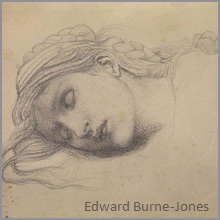

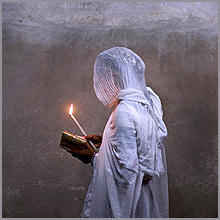
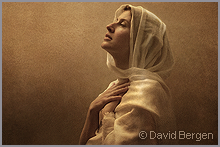

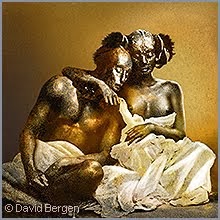


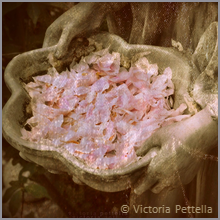
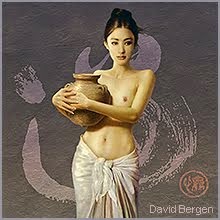
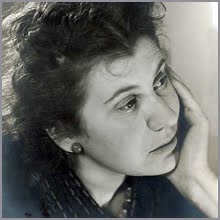
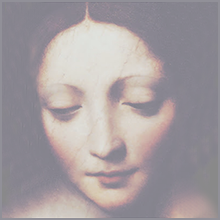
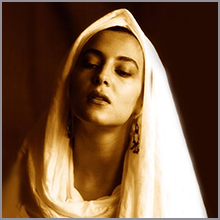
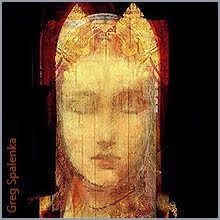
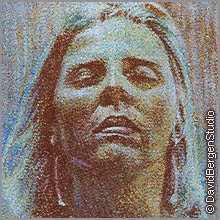











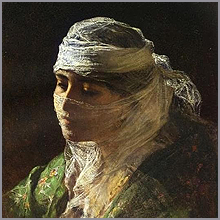
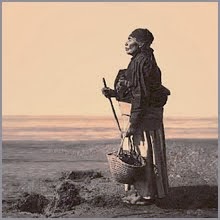

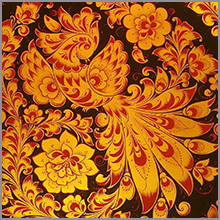

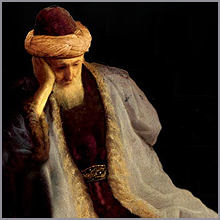
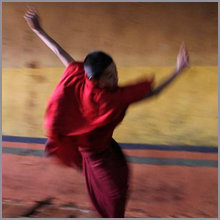




And thus she demonstrates that the Christ consciousness is not limited to the male only. A beautiful post for this Easter tide dear Emma, be blessed
ReplyDeleteThank you, Hettienne, and of course I agree. This time of the year offers a worthy opportunity to reflect on these things. The Christ consciousness is for all souls to possess.
DeleteWishing you a blessed Easter, dear Hettienne.
DeleteA beautiful telling of their story is this. So many levels, so much love, such great awareness. Nothing is lost.
ReplyDeleteThank you, Joss. The story itself flows from love, because it is the ultimate expression of love. A Blessed Easter.
DeleteThank you Emma for this remarkable and deeply moving story of Mary Magdalene. Your story has a beautiful, palpable essence that I feel in the core of my heart, and that is Love! Your story provides insight into the divine relationship between Mary Magdalene and Jesus, and ultimately the merging into Oneness, Sophia and Christ Consciousness. Easter is here and it seems so fitting that you have brought this to light. A blessed Easter to you and David, and also to the all your family and loved ones.
ReplyDeleteThank you so much, Joseph. It is true, I believe, that the recognition of the 'Christ conscious' couple of Mary and Jesus is the beginning of our recognition that these two are emanations of the Unity beyond. Mary and Jesus were the earthly Sophia and the Holy Spirit. The female aspect is essential for this in order that the duality, the sacred marriage, can take place. These stories always point us towards these things, and at the same time remain essentially human, and we can on our own human level relate to Mary's loss and letting go.
Delete